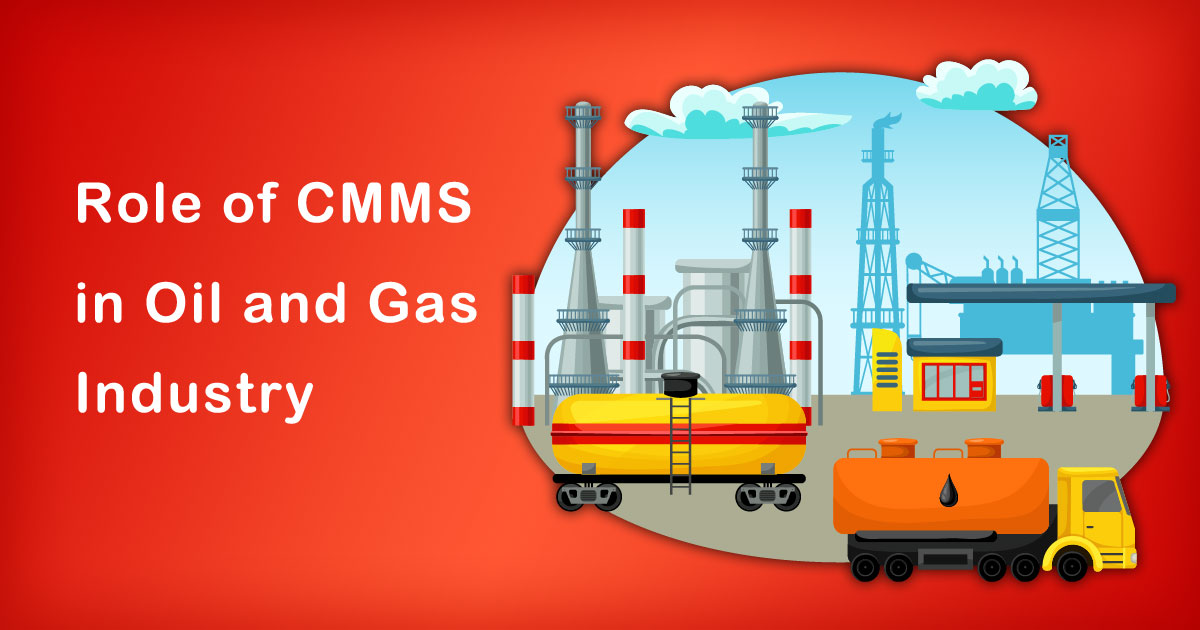Introduction
In the fast-paced and complex world of the oil and gas industry, efficient maintenance management is crucial for ensuring smooth operations and minimizing downtime. This is where a Computerized Maintenance Management System (CMMS) plays a vital role. A CMMS is a powerful tool that helps streamline maintenance activities, optimize asset performance, and enhance overall productivity. In this article, we will explore the significance of CMMS in the Indian oil and gas industry, along with its benefits and implementation challenges.
Importance of CMMS in the Indian Oil and Gas Industry
The oil and gas industry in India plays a critical role in meeting the country’s energy demands. To maintain the integrity and reliability of their extensive infrastructure, oil and gas companies require effective maintenance practices. This is where CMMS becomes indispensable. By digitizing maintenance processes and consolidating data, CMMS enables organizations to proactively manage assets, increase equipment uptime, and reduce operational costs.
Key Benefits of CMMS in the Oil and Gas Industry
1 Preventive Maintenance Optimization
Preventive maintenance is a key strategy employed by oil and gas companies to ensure the reliability of critical assets. CMMS software helps in optimizing preventive maintenance schedules by considering factors such as equipment usage, historical data, and manufacturer recommendations. This proactive approach reduces the likelihood of unexpected breakdowns and enhances overall asset performance.
2 Work Order Management
CMMS facilitates streamlined work order management by automating the entire workflow. It enables technicians to receive and update work orders electronically, reducing paperwork and minimizing errors. This ensures that maintenance tasks are executed promptly and accurately, leading to improved efficiency and reduced downtime.
3 Inventory and Spare Parts Management
Managing inventory and spare parts is a significant challenge in the oil and gas industry. CMMS helps in maintaining a centralized inventory database, enabling organizations to track stock levels, monitor usage patterns, and streamline procurement processes. By ensuring the availability of critical spare parts when needed, CMMS reduces downtime and enhances operational efficiency.
4 Asset Performance Analysis
CMMS provides valuable insights into asset performance through comprehensive data analytics. By analyzing maintenance records, equipment history, and performance metrics, organizations can identify patterns, detect potential issues, and make data-driven decisions. This enables them to optimize asset performance, extend equipment lifecycles, and plan for future investments effectively.
Challenges in Implementing CMMS in the Indian Context
While the benefits of CMMS are evident, implementing it in the Indian oil and gas industry comes with its own set of challenges:
1 Legacy Systems and Integration
Many oil and gas companies in India have existing legacy systems that may not be compatible with modern CMMS software. Integrating these systems and migrating data can be a complex task. It requires careful planning, adequate resources, and seamless collaboration between the IT department and maintenance teams.
2 Data Accuracy and Standardization
Ensuring data accuracy and standardization is crucial for the successful implementation of CMMS. Oil and gas companies deal with vast amounts of data from multiple sources, including equipment manuals, inspection reports, and maintenance logs. Establishing data governance practices and enforcing standard operating procedures are essential for maintaining data integrity and consistency.
3 Training and Change Management
Introducing CMMS into an organization requires training and change management initiatives. Employees need to be educated on the benefits of CMMS and trained on how to use the software effectively. A comprehensive change management plan that addresses user resistance and encourages adoption is vital for successful implementation.
Conclusion
In conclusion, the role of CMMS in the Indian oil and gas industry cannot be overstated. From optimizing preventive maintenance schedules to streamlining work order management and enhancing asset performance, CMMS brings numerous benefits. However, organizations must address the implementation challenges, such as legacy system integration, data accuracy, and change management, to harness the full potential of CMMS. By embracing this technology, Indian oil and gas companies can improve operational efficiency, reduce costs, and stay competitive in an ever-evolving industry.








